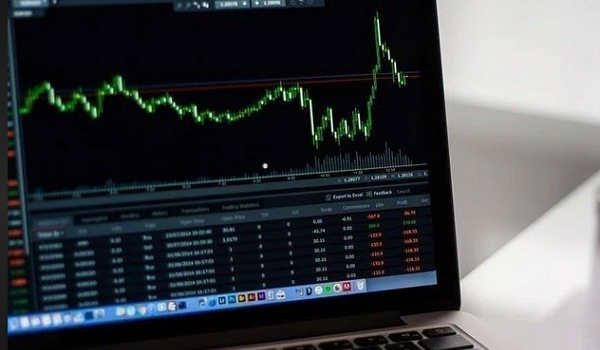Canadian investors cautiously putting money into sustainable funds
Canadian investors are putting more money into sustainable funds, though so far they are doing so gingerly.
Environmental, social and governance-themed funds have taken their knocks since setting records for inflows of money in 2021, as investors have shied away from riskier, longer-term payouts and questioned their green bona fides.
But in the first quarter of this year, inflows increased after a net decrease in the final three months of 2023, according to Morningstar Inc. Investors plowed $193.3-million into sustainable funds in the January to March period. Virtually all of it was invested in fixed-income vehicles. Equity, alternative and allocation funds with sustainability themes all had slight drawdowns, Morningstar reported.
Much of the increase reflects a broader trend of investors seeking strong yields, as opposed to becoming more risk-averse overall, said Danielle LeClair, Morningstar’s Canadian director of manager research.
Ms. LeClair pointed out that mutual funds of all varieties suffered outflows in 2023, as investors were lured by high interest rates that stemmed from safer opportunities, such as guaranteed investment certificates. Sustainable funds had been a resilient outlier until the last part of the year.
The broader market for Canadian funds grew at a faster clip than those classified as sustainable, with an inflow of $13.2-billion, Morningstar said.
“So there are some things that are broader than just sustainable investment trends that are impacting sustainable funds,” Ms. LeClair said. In addition, fixed-income funds that offer green attributes are maturing as a subgroup, giving investors more options in that segment to choose from, she said.
Even so, National Bank’s NA-T +0.80% increase Canadian Sustainable Bond ETF NSCB-T -1.00% decrease accounted for more than half of all inflows into sustainable funds in the first quarter, extending a run that lasted through 2023.
In the first quarter, six new funds launched in Canada, all of them actively managed as opposed to the passive, exchange-traded variety.
Assets in sustainable funds hit a new high of $50.5-billion in the quarter, up 10.1 per cent from the last quarter of 2023, Morningstar said.
Ms. LeClair said she believes the Canadian sustainable fund market will gain more momentum this year as asset managers and investors benefit from better disclosure and standardization of ESG factors in the fund industry. That will help investors align their financial decisions with their values, she said.
“We are still seeing active dialogue between asset managers and the industry to better understand and better articulate their ESG integration approaches,” she said. “So as that continues to become clearer it just clears the air a little bit for investors as well. I think that that’s going to continue to be a push.”
National Bank Financial tallied a $107-million outflow from ESG-theme ETFs in April, reflecting withdrawals from two funds in particular – the iShares ESG Aware MSCI EM Index ETF and Desjardins RI Developed ex-USA ex-Canada Net-Zero Emissions Pathway ETF.
However, the Canadian sustainable funds market remains resilient compared with that in the United States, and is expected to remain that way, National Bank analyst Baltej Sidhu said. He noted that fixed-income ETFs had a net inflow of assets last month, extending the trend that began in the first quarter.
“It serves to show the dichotomy between sustainable and responsible investing in Canada, versus the United States, which has become polarized,” Mr. Sidhu said.
In the United States, ESG investing is facing a backlash in some regions, especially Republican-led states with large fossil fuel industries. Some states have barred ESG as a risk management tool for institutions that aim to do business in those jurisdictions. The fund industry in Europe, by contrast, is facing tougher scrutiny and more demands for sustainability-related disclosure and claims of environmental impact.
National Bank’s statistics show net outflows from U.S. sustainable ETFs since December, with April showing a net loss of US$302-million.
This article was first reported by The Globe and Mail
















